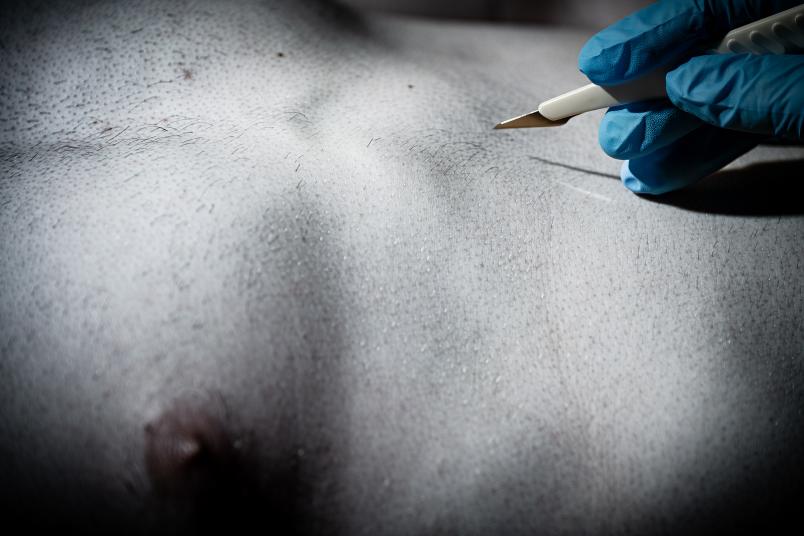
The bodies that were dissected in anatomical theaters often came from executed prisoners.
History of Architecture
A Stage for Science
Starting in the Early Modern Period, anatomical theaters served as a venue for the public dissection of human bodies. An act between visualization and concealment.
Looming, circular tiers that gave spectators a good view of the dissecting table in the middle of the room, an often-palatial structure co-financed by a benefactor of science—these are the architectural characteristics that immediately stand out when we look at an anatomical theatre from the Early Modern Period. Professor Christine Beese, an art historian from the Architectural History field at Ruhr University Bochum, Germany, researched how these anatomical theaters performed an entirely different function than dissection rooms in modern universities. “The bodies were dissected in front of the general public. There was also an Aristotelian lecture on natural philosophy that had less to do with identifying specific diseases than it did with learning how the ideal body is structured,” says Beese. The atmosphere was less prosaic and medical than it is today. The room was dimmed, with candles providing a more theatrical ambience, and music was played during intermissions. Rubin, the science magazine of Ruhr University Bochum, reports on this.
They wanted to decipher God's plan for the world
Such events served as a means of comprehensive education for people in the late 16th century. Audience members learned not only about human anatomy, but also about themselves and God’s plan for the world, as the prevailing belief at the time was that the body is a microcosm that reflects the macrocosm—Earth and the universe—and that the two are closely interwoven.
“The dissections were an opportunity to educate and visualize, but also to stage a production based on the fact that there are natural mysteries that nature itself does not reveal,” says Beese.
Her wish for the research topic: “Many of these rooms are not viewed by the public as works of art. I hope to change that. Their artistic character played a role in their imparting of knowledge.”
Detailed article in science magazine Rubin